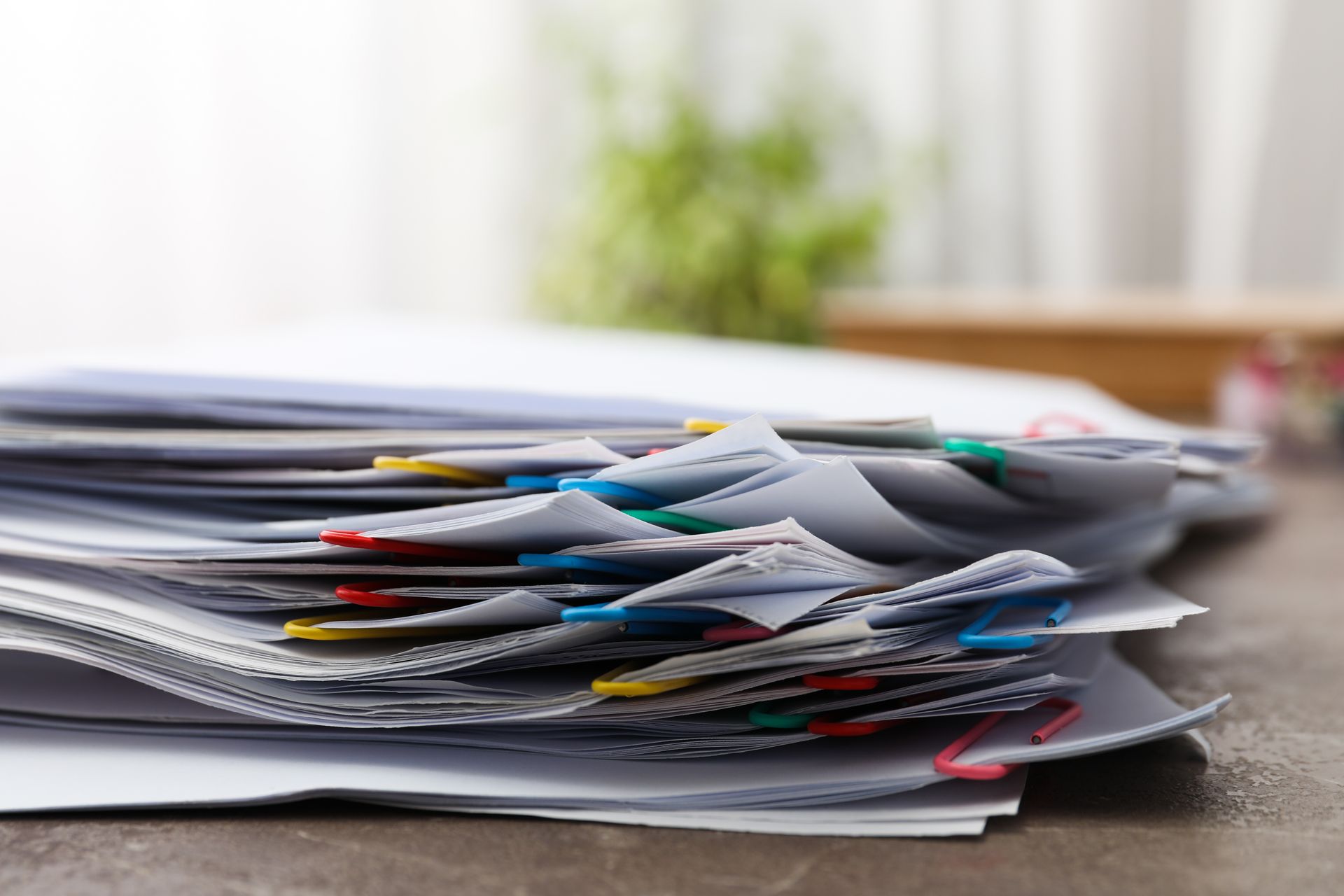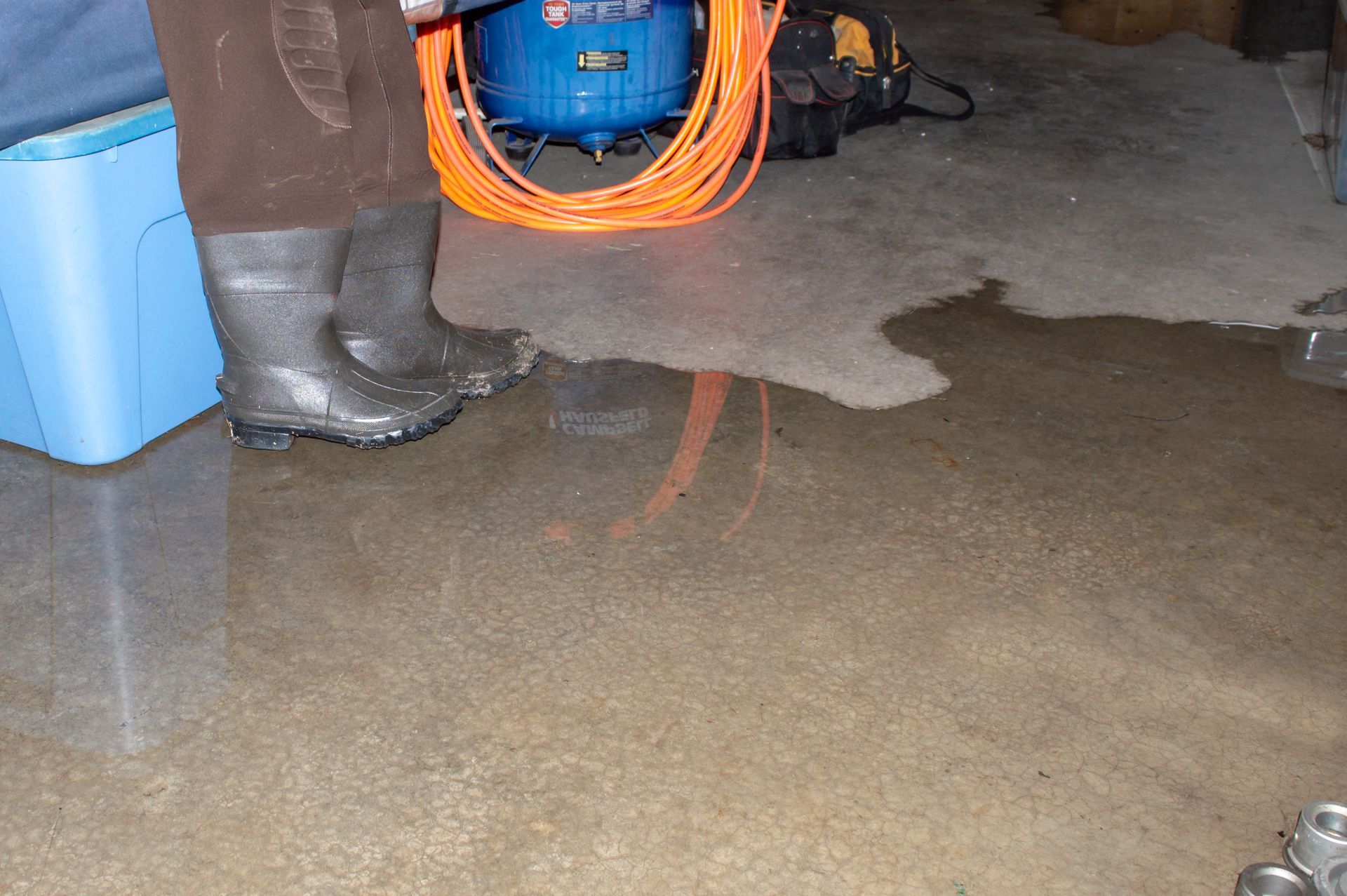Sewage Backflow: Causes, Dangers, Prevention & Professional Cleanup
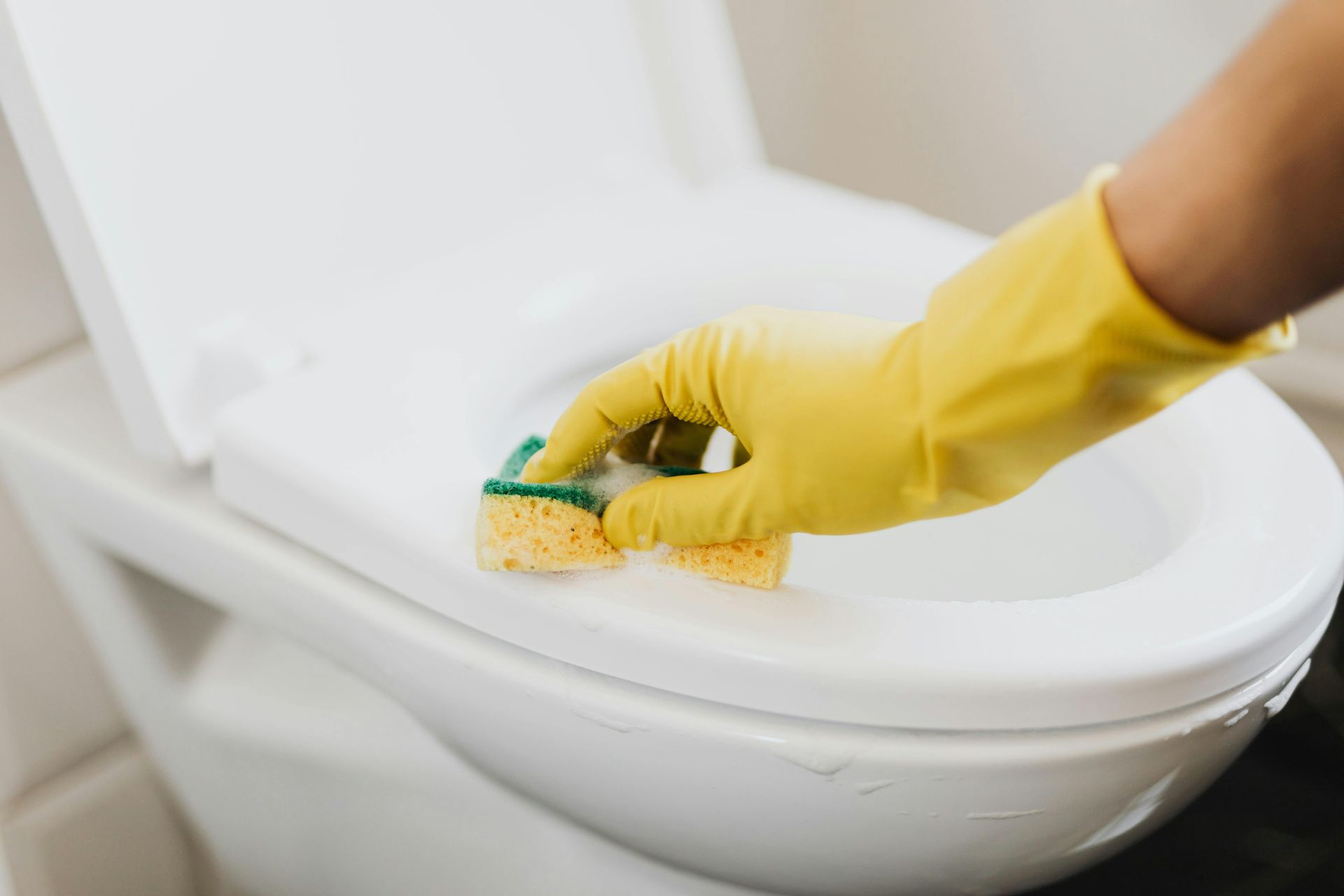
Sewage backflow is one of the most dreaded home disasters. When dirty, foul-smelling water comes up through your drains or toilet instead of flowing out, you’re dealing with a sewage backup. Not only is this messy and unpleasant, but it also causes significant water damage to your property and poses serious health risks. In this blog post, we’ll explain what sewage backflow is, discuss its common causes, highlight the dangers and health hazards it brings, and outline prevention methods. We’ll also emphasize why professional water damage restoration services are crucial for cleanup and recovery. By the end, you’ll understand why sewage backflow emergencies require immediate action and expert help – and why you should contact Dry Max Restore for fast, safe, and effective sewage cleanup.
What Is Sewage Backflow?
Sewage backflow (also called a sewage backup) occurs when wastewater that should flow away from your home reverses direction and comes back up into your sinks, toilets, tubs, or floor drains. In simple terms, the sewage water from the sewer lines ends up overflowing inside your house instead of draining away. This backflow water is often dark, dirty, and foul-smelling because it’s contaminated with waste, bacteria, and other harmful substances. Sewage backflow can happen in homes, businesses, or any property connected to a sewer system or septic system.
When a backflow happens, you might notice toilets gurgling, water pooling around floor drains, or wastewater coming up through showers and sinks. It’s a clear sign that something is very wrong in the plumbing or sewer line. Sewage backflow is not just another water spill – it’s a dangerous form of water damage that involves “Category 3 Water,” the most contaminated type of water. Because of the health risks and damage it causes, sewage backflow should be treated as an emergency.
Common Causes of Sewage Backflow
Several different problems can lead to a sewage backflow. Understanding these causes can help you prevent backups or at least catch them early. Here are some common causes of sewage backflow:
- Clogged or Blocked Pipes: The most frequent cause of sewer backups is a blockage somewhere in the plumbing or sewer line. Grease buildup, flushed items like “flushable” wipes, paper towels, feminine hygiene products, or other debris can clog pipes and prevent wastewater from flowing out. When the pipe is blocked, sewage has nowhere to go but back up into your home.
- Tree Roots in Sewer Line: Tree roots naturally seek water and nutrients, and they can grow into small cracks in sewer pipes. Over time, roots can invade and clog the sewer line or even break the pipes.
Tree root intrusion is a major cause of sewer backups, especially in older homes with clay or cast iron sewer lines. The roots create a tangle that blocks the flow of sewage, causing it to backflow into the house.
- Aging or Damaged Sewer Lines: Older sewer systems can corrode, crack, or collapse over the years. If you live in an area with aging infrastructure or an older home, the sewer lines may be deteriorated. Broken or
defective sewer lines won’t drain properly and can lead to frequent sewage backups. Additionally, if a sewer line disconnects or gets damaged by shifting soil or nearby construction, sewage can leak and back up.
- Heavy Rainfall & Flooding: Storms and heavy rain can overwhelm municipal sewer systems. When the public sewer system or combined stormwater system can’t handle a sudden large volume of water, that excess water can push back into connected homes. In these cases, even if your home’s plumbing is fine, the
city sewer backing up will force sewage and rainwater mixture into basements and drains. This is common during city-wide flooding, hurricanes, or rapid snowmelt. If your home is at a lower elevation or has a basement, it’s especially vulnerable to this type of backflow during storms.
- Overloaded Septic System: For homes with septic tanks, lack of maintenance can cause backups. If the septic tank is full or the drain field is saturated (for instance, after heavy rain), sewage may not have anywhere to go. The wastewater can then flow back into the house. Regular pumping of septic tanks and maintenance of drain fields is essential to prevent this.
- Improper Plumbing Connections: In some cases,
plumbing errors or wrong installations can lead to backflow issues. For example, connecting a sump pump or French drain to a sewer line can force ground water into the sewer and overload it. Also, if there’s no proper backflow prevention device where required, sudden pressure changes in the sewer line could cause reverse flow.
These causes often occur in combination – for instance, tree roots might cause a crack and a blockage, or heavy rain might exploit already clogged pipes. No matter the cause, the result is the same: contaminated water coming up into places it definitely shouldn’t be.
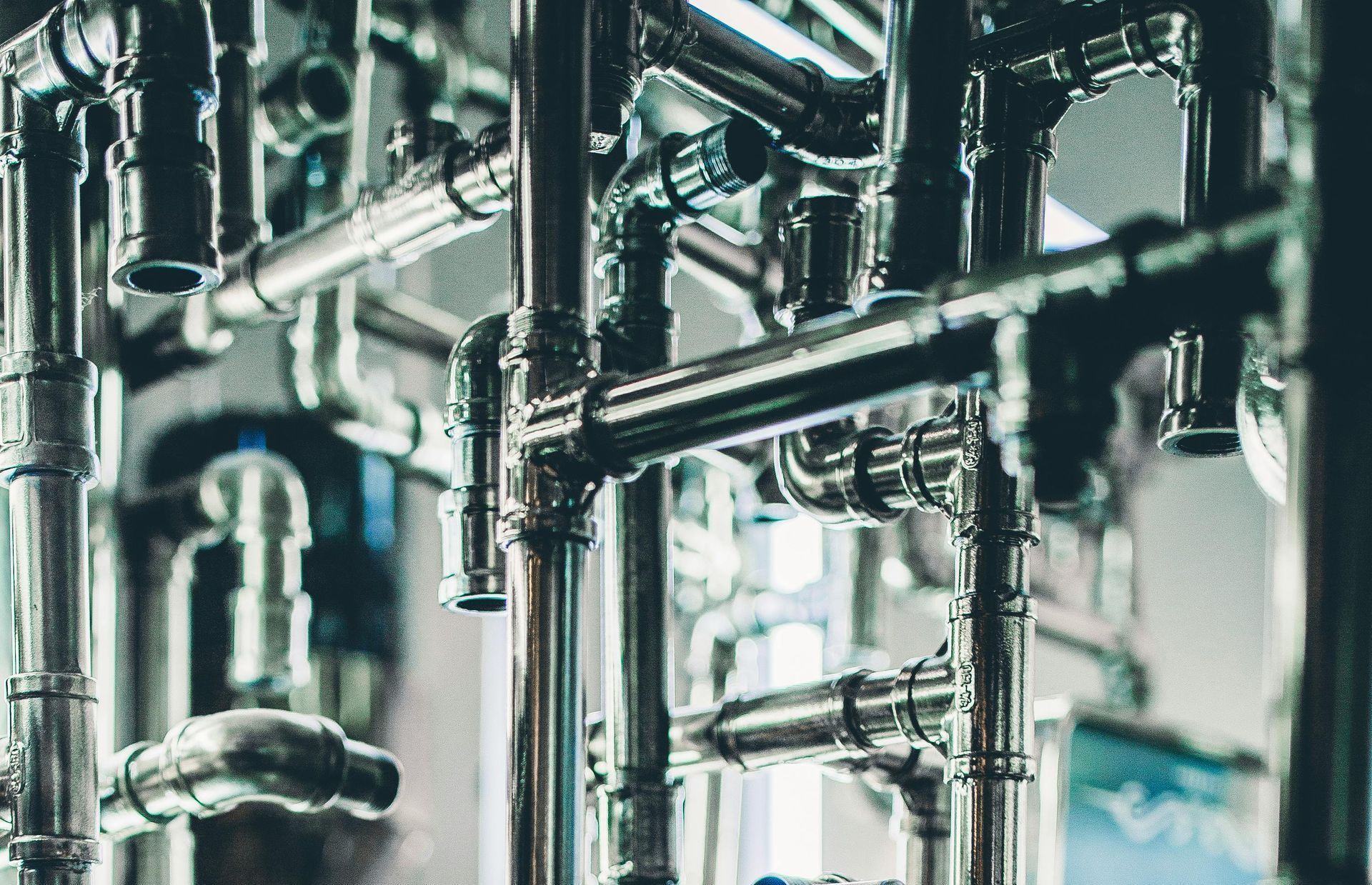
The Dangers and Health Risks of Sewage Backflow
A sewage backflow is much more hazardous than a normal clean water spill. The dangers come from both immediate damage and the serious health risks involved:
- Health Hazards: Sewage water is biologically contaminated. It’s often referred to as
Category 3 water (or “black water”), which is the most dangerous type of water damage. It can contain
harmful bacteria, viruses, and parasites from human waste and garbage. Exposure to sewage can cause severe illnesses and infections. For example, pathogens in sewage may lead to gastroenteritis (stomach illness), hepatitis A, salmonella, E. coli infection, skin infections, and other diseases. Even the air around sewage backflow can carry
aerosolized bacteria or toxic gases. This is why direct contact or inhalation can be dangerous. Children, the elderly, and people with weakened immune systems are especially vulnerable to getting sick from sewage exposure.
- Property Damage: The water from a sewage backup will soak into any porous materials it touches. This means your drywall, carpets, wood flooring, furniture, and personal belongings can all be
ruined by contaminated water. Sewage has not only water but also harsh chemicals and biological agents that can cause materials to rot, warp, or discolor quickly. The longer the sewage sits, the more damage it does. It can cause structural damage by weakening wooden beams or drywall and can even seep into the foundation or concrete, leading to costly repairs.
- Mold and Mildew: After a sewage backflow, the moisture left behind creates an ideal environment for mold and mildew growth. Mold can start growing within 24-48 hours in damp conditions. Besides the unpleasant musty smell and damage mold causes to surfaces, mold spores are another health hazard (triggering allergies or respiratory issues). Sewage contamination makes mold even more likely because the water is so dirty and slow to dry out without proper equipment. You could end up with a
mold infestation on top of the sewage issue if it’s not cleaned and dried promptly.
- Electrical and Fire Hazards: If the backflow happens in a basement or any area with electrical outlets, appliances, or HVAC systems, there’s a risk of electrical shock. Water can short-circuit electronics and compromise electrical systems. It’s extremely dangerous to walk through sewage water that might be in contact with electrical sources. Additionally, gas appliances or furnaces could be affected. In worst cases, there’s a slim risk of fire from electrical shorts or gas line issues caused by the flooding.
- Lingering Odors and Contamination: The foul smell from sewage isn’t just unpleasant – it can also indicate the presence of harmful gases like methane or hydrogen sulfide from the sewer. These gases in high concentration can be hazardous to breathe. Even after the visible water is gone, porous materials and surfaces can hold onto bacteria and odors. Without thorough professional cleaning, your home could harbor contaminants that cause persistent odors and unsanitary conditions. Simply drying out a sewage spill
is not enough – disinfection is critical to eliminate germs and smell.
As you can see, sewage backflow is dangerous on many levels. It’s a biohazard situation. This is why experts strongly advise against homeowners trying to clean up sewage backups by themselves. The risk of illness or injury is high without proper training and protective gear. The damage to property can also become far worse if not handled correctly. In the next sections, we’ll look at how you can help prevent these nightmares and why professional help is so important when prevention falls short.
Don’t Panic! Stay calm and safe during a sewage backflow emergency. Sewage backflow can be startling and disgusting, but it’s critical not to panic. Avoid any direct contact with the contaminated water, keep children and pets away from the area, and remember that professional help is one call away. Panicking and attempting a DIY cleanup without proper equipment can put you at risk. Instead, take a deep breath and focus on getting help from experts who know how to handle the situation safely.
How to Prevent Sewage Backups and Backflow
While not all sewage backflows can be prevented (for example, a city sewer flood is beyond your control), many home sewage backups can be avoided with some proactive measures. Here are several prevention tips to reduce the risk of a sewage backflow in your property:
- Properly Dispose of Grease and Non-Flushables: One of the simplest but most effective prevention methods is watching what goes down your drains. Never pour cooking grease or oil down the kitchen sink – as it cools, it solidifies and can clog pipes. Similarly, do not flush anything other than toilet paper. Items like wet wipes (even those labeled “flushable”), paper towels, feminine products, cotton swabs, dental floss, and diapers should go in the trash, not the toilet. These items do not break down in water and can easily snag in pipes, causing blockages. By keeping such materials out of your plumbing, you greatly reduce your chance of clogs.
- Install a Backwater Valve (Backflow Preventer): A
backwater valve is a special plumbing device that can be installed on your main sewer line (usually in the basement). It’s designed to allow sewage to flow out to the sewer system, but if water starts flowing back toward the house, the valve closes to block it. Essentially, it’s a one-way gate for sewage. During heavy rains or sewer line surges, a backwater valve can literally be the thing that stops sewage from flooding your basement. Many newer homes have them built-in, but in older homes it can be a retrofit project. If you’ve experienced a backup before or live in a flood-prone area, talk to a plumber about installing one of these valves for peace of mind.
- Regular Sewer Line Maintenance: Just like other parts of a house, sewer lines need maintenance. Consider having your main sewer line
inspected and cleaned periodically (for instance, every couple of years, or as recommended). Plumbers can use a camera inspection to check for developing issues like tree roots, cracks, or clogs. They can also perform snaking or hydro-jetting to clear out grease or tree root buildups in the line before they cause a backup. Staying ahead of problems in the sewer line can save you from a nasty backup later on.
- Mind What and Where You Plant: If you’re planting trees or large shrubs, be mindful of where your underground sewer lines run (you can often get the sewer line layout from your city or a sewer line inspection). Avoid planting water-hungry trees directly above or near the sewer pipe path. Trees known for aggressive roots (like willow, poplar, or oak) should be kept well away from sewer lines. Additionally, if you have older pipes that you suspect might be vulnerable, you can consider having root barriers installed or replacing sections of pipe with new materials that are more root-resistant.
- Keep Gutters and Storm Drains Clear: During heavy rains, ensure that your gutters, downspouts, and any yard drains are clear of debris. Clogged gutters can overflow and water may pool near your foundation, potentially overwhelming your lateral sewer line (especially if it’s a combined sewer/stormwater system). Make sure downspouts direct water away from your home’s foundation. This reduces the amount of water that could enter the sewer system around your house. If less water overwhelms the system, there’s a lower chance of it backing up into your home.
- Don’t Ignore Warning Signs: Sewage backflows usually don’t happen completely out of the blue. There are often warning signs that your plumbing system is under stress. Gurgling sounds from drains or toilets, slow draining sinks, water spots around the basement floor drain, or a foul odor coming from drains can all precede a sewage backup. If you notice any of these signs, act quickly – check your sump pump (if you have one) to ensure it’s working, avoid using a lot of water (to not overload the system further), and call a plumber to inspect the issue. It’s far better to spend a little time and money fixing a slow drain or minor clog than to deal with a major sewage flood later on.
By following these preventive measures, you can significantly decrease the likelihood of a sewage disaster. However, no prevention is foolproof. Extreme weather or unforeseen pipe failures can still result in backflow. That’s why it’s also important to know what to do and whom to call when a sewage backup does occur. Next, we’ll discuss why professional sewage cleanup services are essential for dealing with backflows safely.
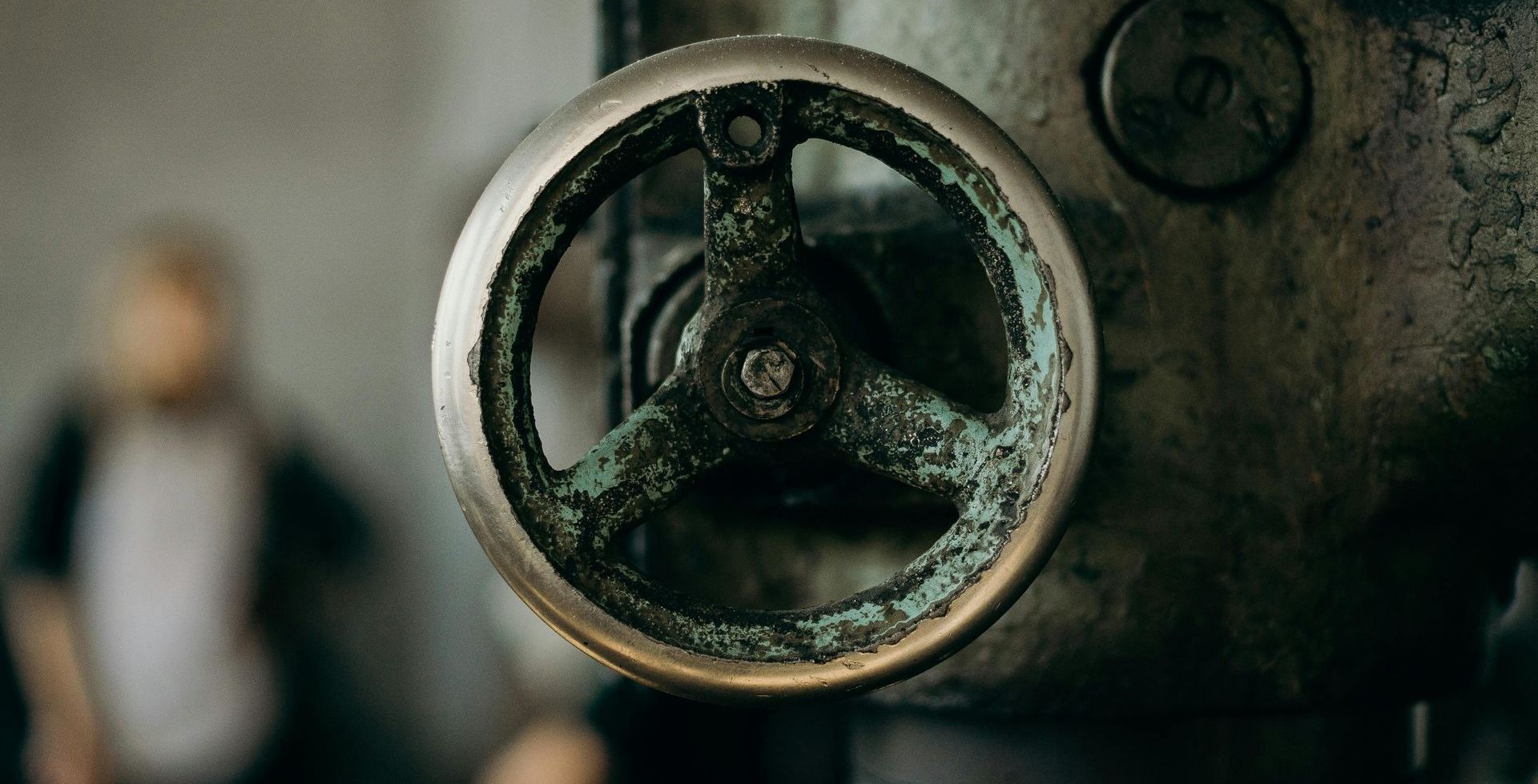
Professional Sewage Backflow Cleanup and Restoration
If the worst happens and you experience a sewage backflow, professional cleanup and restoration services are your best ally. Sewage cleanup is not like mopping up a small water spill; it requires special training, equipment, and safety precautions. Here’s how professionals like Dry Max Restore handle a sewage backup cleanup and why their expertise is so crucial:
1. Safety First: A reputable water damage restoration team will treat a sewage backflow as a hazardous situation. Technicians arrive wearing proper personal protective equipment (PPE) such as gloves, boots, waterproof suits, respirators or masks, and eye protection. This is to ensure they don’t get exposed to the harmful contaminants in the sewage. They may also shut off your electricity in the affected areas to eliminate the risk of electrocution. Ensuring the safety of the occupants and the workers is the top priority before any cleanup begins.
2. Assessment of Damage: Professional crews will inspect the affected areas to assess how far the damage and contamination have spread. This includes checking walls, floors, and belongings. They determine the category of water (in this case, it’s Category 3 – highly contaminated). They’ll also identify what materials can be cleaned and salvaged and what is beyond saving. For instance, ceramic tiles might be cleaned and disinfected, but soaked carpeting and padding will likely need removal and disposal due to contamination. A thorough assessment helps form a solid action plan for cleanup, repairs, and restoration.
3. Removal of Sewage Water and Waste: The next step is to remove all standing water and solid waste. Professionals use specialized equipment such as heavy-duty water extractors, pumps, and wet vacuums specifically designed for sewage and flood water removal. They will quickly pump out and suck up the sewage, ensuring it’s contained and removed from your property. Quick extraction is vital to minimize water damage and stop the spread of contamination to other areas.
4. Disposal of Contaminated Materials: Porous materials that have absorbed sewage often need to be removed. This can include drywall up to a certain height (often a few feet above the water line, to ensure all contaminated material is taken out), insulation, carpeting, upholstered furniture, mattresses, and sometimes even sections of hardwood flooring if sewage seeped underneath. Professional restoration technicians know how to handle and dispose of biohazardous material properly according to health regulations. They will bag and remove these items so that your home is left with only cleanable structures.
5. Cleaning and Sanitizing: After the gross water and damaged materials are out, the team will thoroughly clean and disinfect all affected surfaces. They use industrial-strength cleaners and EPA-approved disinfectants to kill bacteria, viruses, and mold spores. Every surface that came into contact with the sewage (and even areas nearby, due to possible splashes or wicking moisture) will be sanitized. This step is crucial to eliminate health hazards and odors. Often multiple rounds of cleaning are done, including scrubbing and spraying surfaces and using techniques like steam cleaning for floors or walls when appropriate.
6. Drying and Dehumidification: Once everything is cleaned, the area needs to be dried completely. Professionals employ high-powered air movers (large fans) and commercial dehumidifiers to dry out the structure of your home. Drying is important not just to restore the space but also to prevent mold growth. They will monitor moisture levels in walls and floors using special instruments to ensure that hidden dampness is addressed. The drying process can take a few days to ensure that all building materials reach a safe moisture content.
7. Restoration and Repairs: After the area is clean and dry, restoration work can begin to return your home to its pre-backup condition. This might involve replacing drywall, installing new carpeting or flooring, and repairing any plumbing issues that caused the backup in the first place. A full-service water damage restoration company like Dry Max Restore will handle all restoration tasks or guide you on what needs to be done. By the end of the process, your home should not only be safe and clean but also look as though the sewage backflow never happened.
Throughout this professional cleanup process, the experts also document the damage – they take photos, notes, and measurements. This is very helpful for you when dealing with homeowner’s insurance claims for the water damage. Many professional companies will even work directly with insurance adjusters to streamline your claim, since sewage backups (when sudden and accidental) are often covered by insurance or separate sewer backup riders.
Attempting any of the above steps on your own can be dangerous and overwhelming. Professional teams have the training to handle contaminated water and the proper equipment to do the job efficiently. They also have experience – which means they know where to look for hidden damage and how to ensure your home is truly safe to live in again. Dry Max Restore’s technicians, for example, are certified and experienced in sewage and water damage restoration, so you can trust that every inch of contamination will be addressed.
Why You Need Professional Restoration Services
You might be wondering, “Can I just clean the sewage backup myself with bleach and some fans?” The answer is strongly no – and here’s why professional restoration services are so important for sewage backflow situations:
- Health Protection: As we explained earlier, sewage is teeming with harmful microbes. Without professional-grade protective gear and disinfectants, you’re putting yourself at serious risk by attempting cleanup. Pros have the right safety equipment and know techniques to avoid cross-contamination (so that sewage residue isn’t accidentally tracked into other parts of your home).
Protecting your health and your family’s health is the number one reason to let experts handle sewage cleanup.
- Thorough Cleaning: It’s very difficult for a homeowner to thoroughly clean and sanitize a sewage spill with consumer products. Professionals use specialized cleaners that can eradicate pathogens on a molecular level. They won’t just mask odors; they eliminate the source of the odor. They also know to remove materials that can’t be 100% sanitized. This thoroughness gives you peace of mind that your home won’t harbor nasty leftovers that could make you sick later.
- Preventing Future Problems: If a sewage backflow isn’t cleaned up properly, you can face secondary damage like mold growth, pest infestations, or structural deterioration. Professional restoration helps prevent these by making sure the area is dry, sanitized, and properly repaired. Additionally, restoration experts can often identify the root cause of the backup (for example, pointing out tree root intrusion or a failed sump pump) and recommend solutions to prevent it from happening again. This proactive approach can save you from repeated incidents.
- Speed and Efficiency: Time is critical during any water damage event. Professionals have the manpower and equipment to get the job done
fast. The faster the sewage is removed and the area cleaned and dried, the less damage will occur. For instance, quick drying can save wooden studs or prevent buckling of hardwood floors. If you try to do this yourself, it could take exponentially longer, during which damage and mold have more time to spread.
Restoration teams often respond 24/7 to emergencies, meaning they can be at your door quickly any time, day or night.
- Insurance Assistance: As mentioned, dealing with insurance after a sewage backup can be stressful. Professional restoration services typically document everything and can provide evidence of damage and repairs to your insurer. Many are willing to communicate with insurance companies and help you navigate the claims process. This can be invaluable in making sure you get the coverage you’re entitled to for the cleanup and losses.
In short, professional restoration isn’t a luxury in the case of sewage backflow – it’s a necessity to ensure the problem is resolved safely, correctly, and completely. The cost of hiring experts is far outweighed by the risks of improper cleanup and the potential for lingering damage or health issues if done inadequately.
Don’t Delay – Contact Dry Max Restore for Sewage Backflow Emergencies
A sewage backflow is an emergency that demands immediate action. The longer you wait, the more damage can occur and the greater the health hazard becomes. If you’re ever faced with a sewage backup in your home or business, remember that quick, professional help is critical. Dry Max Restore is here for you 24/7 with expert sewage backup cleanup and water damage restoration services.
As a trusted restoration company, Dry Max Restoration has the experience, equipment, and trained team needed to handle sewage emergencies of any size. From the initial emergency call to the final stages of restoration, we’ll be with you every step of the way. Our goal is to remove the sewage safely, protect your health, thoroughly clean and sanitize your property, and restore everything to the way it was before the incident.
Don’t take chances with sewage backflow. If you notice signs of a sewage backup or you’re in the midst of one right now, stay clear of the contaminated water and call Dry Max Restore immediately. We offer rapid response to minimize damage and free estimates to assess the situation. Your safety and peace of mind are our top priorities.
Call Dry Max Restore now for professional sewage backflow cleanup and water damage restoration – and let our experts handle the dirty work so you can focus on getting your life back to normal. With the right prevention measures and knowing we’ve got your back for emergencies, you can keep your home safe from sewage backflow disasters. Stay safe, and remember we’re just a phone call away whenever you need us!
service@drymaxrestore.com
Post Falls 24/7 Hotline
208-626-6406
Spokane Valley 24/7 Hotline
Site Links

COPYRIGHT © 2025, DryMax Restoration LLC, ALL RIGHTS RESERVED.

